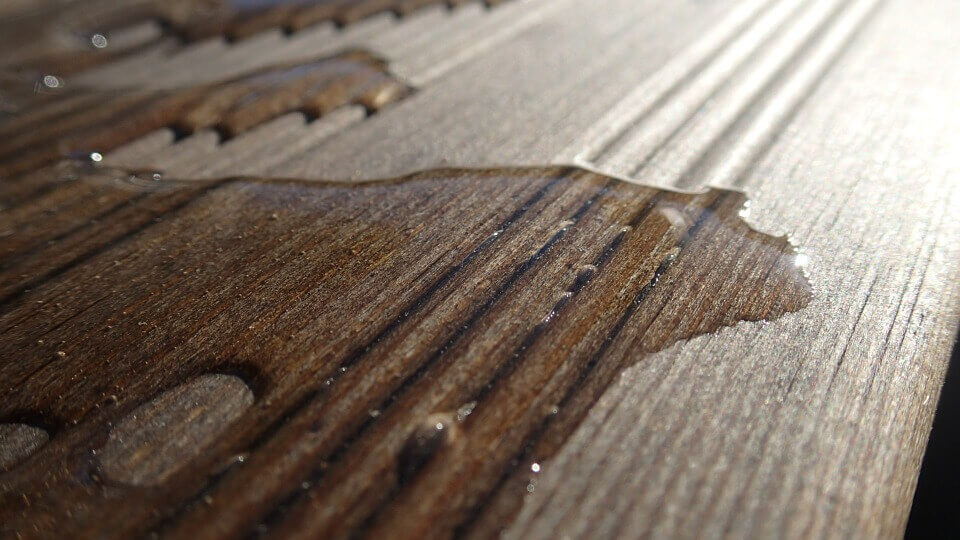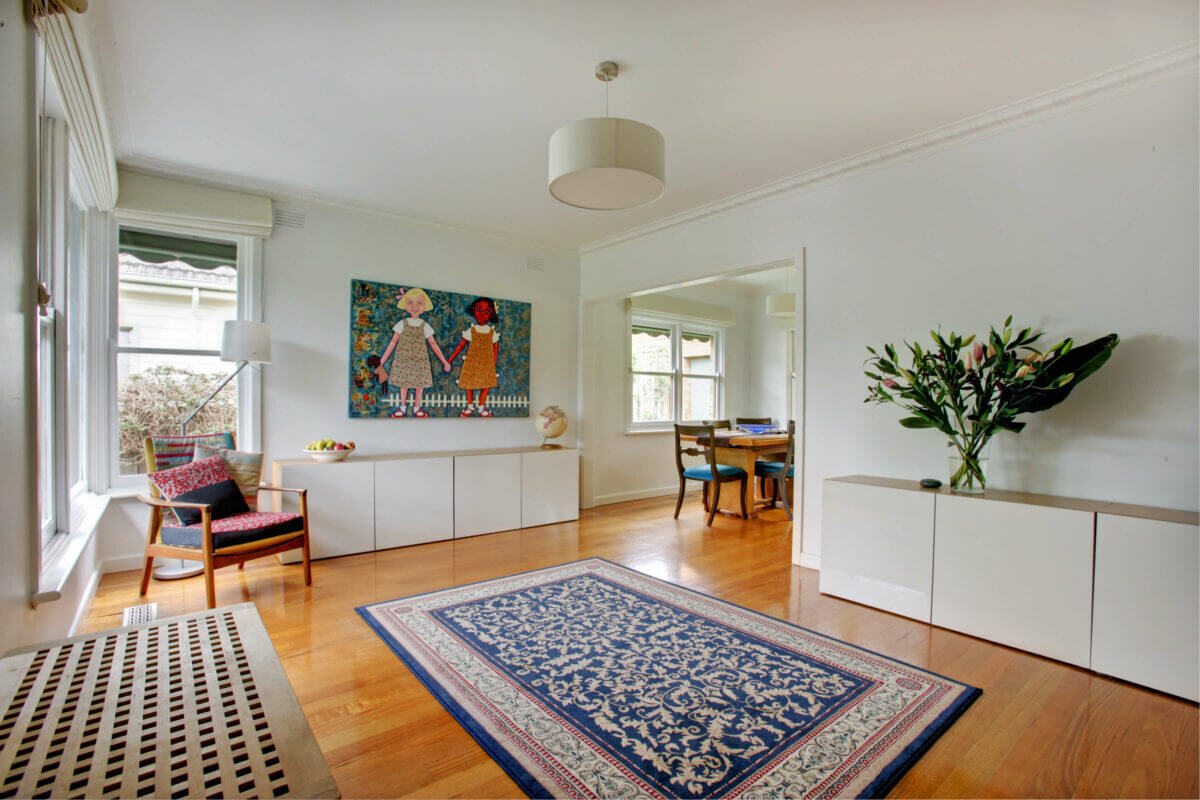When you are preparing to lay down your hardwood flooring, you want to ensure that you are getting everything right. Let’s face it; you don’t want to put in all this time and money on your beautiful hardwood floor and then have it messed up in a few months from buckling. Since moisture is the number one enemy of hardwood flooring, you should do all you can to prevent moisture from slipping in unannounced.
By adding a moisture barrier, you can protect your hardwood flooring and protect your investment in that flooring. While many choose to have a professional lay the flooring, some want to do it themselves. For all you DIYers, here is a little more information about the different flooring types and which kind of barriers are suitable for them.
Floating Floor Barriers
Floating floor barriers are just like the name implies. They are barriers that are made to protect floating floor types like laminate or tile. Since there are wooden tiles and laminate flooring nowadays, this is an option for many people. These barriers are typically made from plastic to protect against moisture. The plastic is simply laid before the flooring is placed on top.
If you intend to use wood subflooring, you do not need a floating plastic barrier because the subflooring needs room to breathe. Since your flooring will not be nailed or glued down, your barriers do not have to be thick, either. However, if you have other subflooring like cement, you should use plastic or paper to protect against the moisture that often accumulates in these conditions.
Nailed Floor Barriers
When you are installing nailed flooring, you want a barrier that will protect the subfloor as well as the flooring. By installing plastic sheeting on top of the dirt under the subfloor, you can protect your subflooring from getting too much moisture. Between your subfloor and your new hardwood, you can lay a special felt paper that helps to eliminate moisture from getting to the topmost layer of flooring.
Since you need to purchase two different types of protection in this situation, your budget might need to be raised to accommodate the extra expense. You can purchase this felt paper and plastic at most stores that sell flooring, like hardware stores or home improvement stores. Most stores will be able to cut the plastic and felt paper to your required length, making it easier on you. If you are unsure about what is needed for a project, check with a reputable flooring dealer first.
Glued Floor Barriers
Glued flooring is often installed to concrete subfloors. These subfloors typically gather a lot of moisture especially in moisture-rich areas where humidity or heavy rain is common. If you are preparing to glue down your wood flooring to a cement subfloor, you will need a heavy moisture barrier product. These work to protect your subfloor from sweating during humid days or accumulating water from heavy rain or spills.
The most common barriers for glued flooring is epoxy or resin to help seal out the moisture and prevent more from soaking through. You can buy the correct epoxy at home improvement stores or hardware stores. Usually, the epoxy is laid with a trowel, but you can DIY it by using special tools to lay the epoxy. Remember to give it plenty of time to dry completely before laying your flooring.
Conclusion
Some flooring comes with a built-in barrier that is great for different floors, especially floating flooring. You can even purchase barriers that have noise absorption like cork, which might even help to insulate your flooring. Before you purchase flooring or barriers, you should check for built-in barriers and also look at the subflooring to see which would be the better option for your home. If you are unsure take pictures and consult a reputable flooring professional to avoid expensive mistakes and learn more about choosing the best hardwood floors.

















